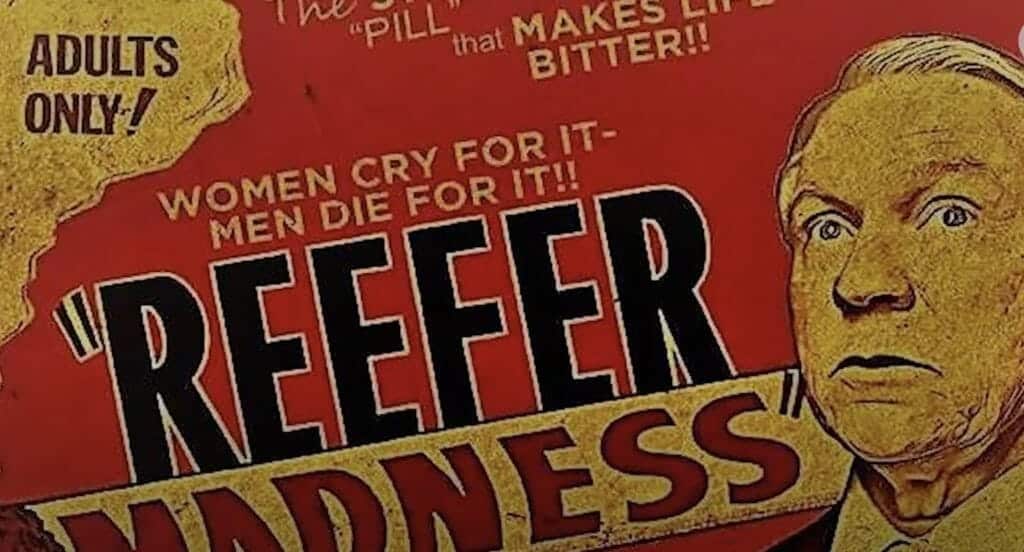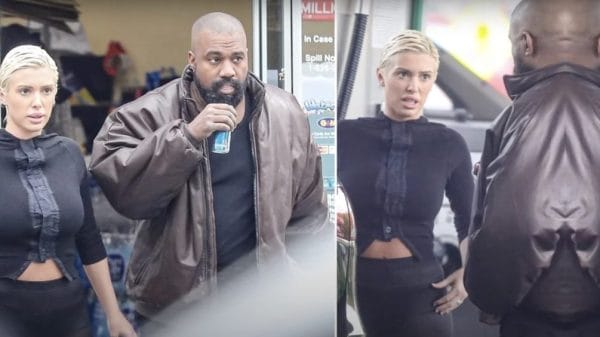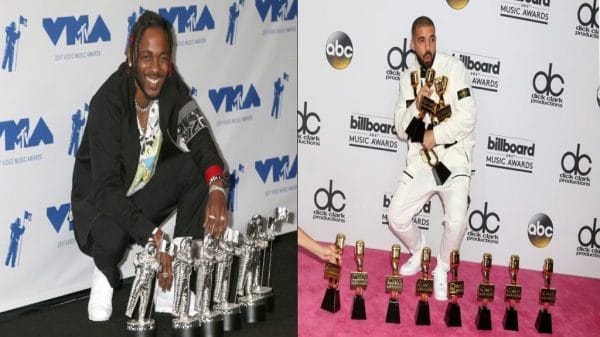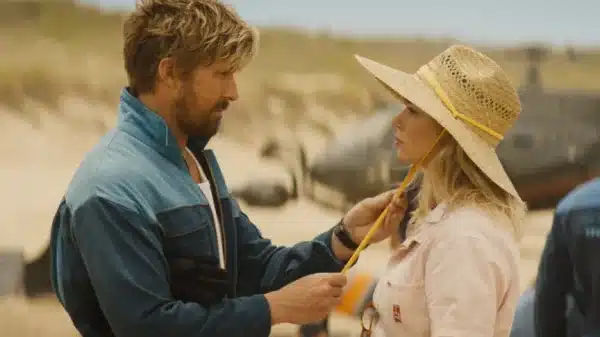A brief written history from “Reuben in the Opium Joint” to “Cocaine Bear.”
Given many (if not most) filmmaker’s shared desire to depict people at their wildest extremes, it should come as no surprise that drugs have been appearing in movies since the early 1900s, beginning with silent films at a time when cocaine was still legal in the United States, and onward to far greater complexity from there.
One might think that a severe tightening of drug law since then would’ve led to decreased visibility of people getting high on camera, but if anything, the opposite has proven true.
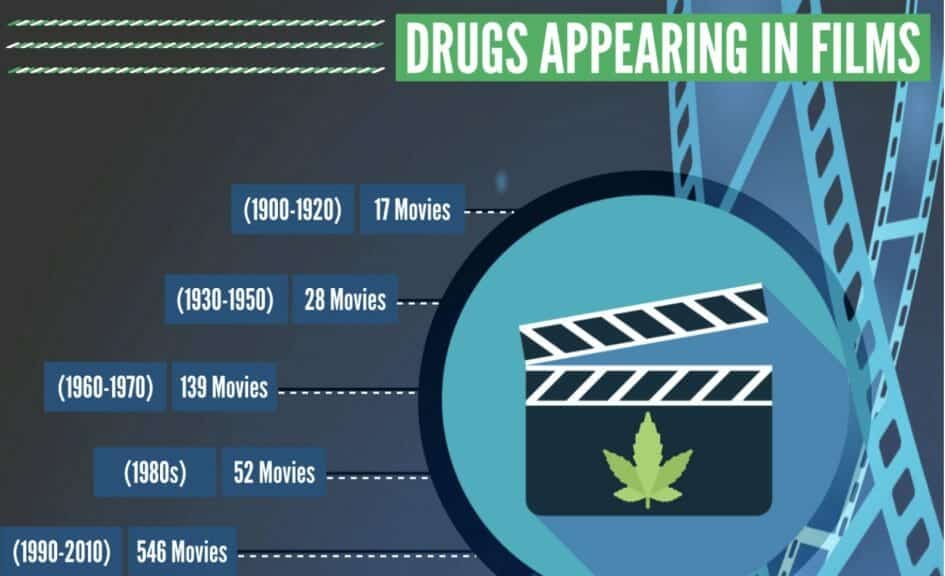
While we don’t know how the cinematic universe might’ve unfolded differently had concerted efforts to stem the tide of drug use like the 1936 propaganda film “Reefer Madness” and Nancy Reagan’s “Just Say No” Campaign from the 1980s never surfaced, what we do know is that countless movies have been made containing drugs since, despite such stringent attempts to curb their usage.
Indeed, it’s probably safe to say that many filmmakers have gone on to produce their unashamedly drug-themed content in response to such lurid public criticism, deeming it worthy of an equally public cinematic backlash in exchange.
But even if more movies containing drug use may have begun appearing after Ms. Reagan’s misguided public rallying cry (rather than before), that’s not to say that every on-camera depiction of drug use since has meant to serve as a ringing endorsement for its character’s behaviors.
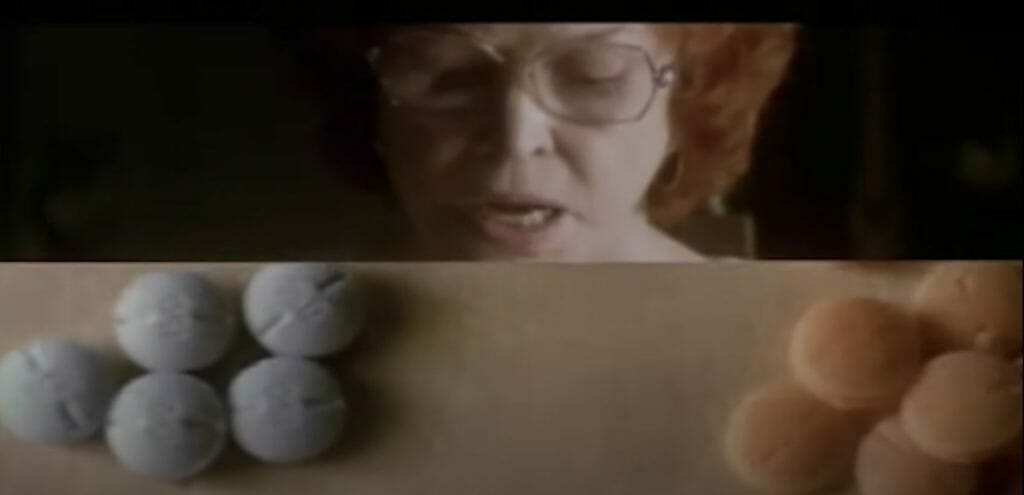
Instead, what’s emerged since the early 1900s is a delightfully messy catalog of hundreds, if not thousands, of motion pictures we can look back on and decide how drugs might play a part in shaping the human personality, sometimes for better and often for profoundly worse.
Although there were some rare instances of drug use being depicted in a positive light pre-1960s, such as in Charlie Chaplin’s 1936 “Modern Times,” which somehow escaped restrictions of the Hayes Code era from which it emerged by depicting Charlie using cocaine accidentally, mistaking it for table salt (and developing superhuman strength as a result), most depictions of drugs in movies back then were negative.
As cinematic history would tell, however, there now appears to be one particular film critics can look back at now and say it marked an enduring turning point for director’s depictions of drugs on camera.
Few film buffs would dispute that this film is 1969’s “Easy Rider,” which presented to its audience some of the euphoric highs commonly associated with drug use, emerging from the Post-Code era in Hollywood wherein drug use was no longer associated with weak moral character automatically.
Despite the absolute life devastation the crack epidemic would go on to place throughout American communities in the 80s and early 90s in particular, once “Easy Rider” was released, the flood-gates to the full range of drug-induced human experiences being depicted in Hollywood, both positive and negative, appear to have opened permanently.
Not even the 1971 War on Drugs, launched by President Nixon just two years after the release of said classic, could keep drugs off the big screen for long.
As the following incomplete collection of the most prominent drug-themed movies from the past several decades reveals, the sophistication, depth, and detail with which filmmakers have portrayed drug use has increased almost exponentially over the decades.
70s
- The French Connection, 1971. (Heroin, cocaine)
- Coffy, 1973. (Heroin, cocaine)
- Cheech & Chong’s Up in Smoke, 1978. (Cannabis, LSD, pills, amphetamines)
- Super Fly, 1972. (Cocaine, cannabis)
- Ask Alice, 1973. (LSD, cannabis, amphetamines)
80s and 90s
- Scarface, 1983. (Cocaine, heroine, quaaludes)
- Drugstore Cowboy, 1989. (cocaine, hydromorphone, oxymorphone, morphine, amphetamines, valium (diazepam), methamphetamine, heroin)
- Kids, 1995. (marijuana, nitrous oxide, MDMA, cocaine, and possibly GHB)
- Trainspotting, 1996. (heroin, opium, MDMA, amphetamines, Valium, hashish, morphine, methadone, nalbuphine, pethidine, pentazocine, buprenorphine, dextromoramide, chlormethiazole)
- Half Baked, 1998. (cannabis)
- Jesus’ Son, 1999. (heroin, cannabis, cocaine, LSD, opium, psychedelic mushrooms, tobacco, amphetamines, and diazepam)
- Fear and Loathing in Las Vegas, 1998. (cannabis, mescaline, thorazine, LSD, cocaine, amphetamines, barbiturates, ether, etc.)
- Goodfellas, 1990. (Cocaine, pills)
- Pulp Fiction, 1994. (Cocaine, heroin, cannabis)
- The Basketball Diaries, 1995. (Heroin, cocaine, solvents, pills)
2000–2023
- Requiem For a Dream, 2000. (heroin, cannabis, MDMA, cocaine, amphetamines, barbiturates)
- Thirteen, 2003. (inhalants (“Airduster”), LSD, cannabis, cocaine, prescriptions, MDMA)
- Traffic, 2000. (cannabis, cocaine, heroin, crack cocaine)
- Enter the Void, 2009. (cocaine, LSD, GHB, cannabis, MDMA, methamphetamine, Datura, DMT)
- Limitless, 2011. (fictional drug “NZT48”)
- A Scanner Darkly, 2006. (cocaine, cannabis, methamphetamine, and “Substance D,” a fictional psychoactive stimulant)
- Pineapple Express, 2008. (cannabis, oxycodone is referred to)
- The Wolf of Wall Street, 2013. (cocaine, crack cocaine, Quaaludes, and a mention of cannabis, Xanax, and morphine)
- Crystal Fairy & The Magical Cactus, 2012. (Mescaline, peyote)
- T2 Trainspotting, 2017.
- Beautiful Boy, 2018. (Cannabis, crystal meth)
- Cocaine Bear, 2023. (Cocaine, cannabis)
Where exactly the future lies for the depiction of drug use in Hollywood and cinema at large, no one knows.
While it remains uncertain whether or not filmmakers will adapt to successfully convey the profoundly shifting real-life drug landscape of the past two decades (where is the first Fentynol classic for instance?), one thing’s for sure: it’s gonna take a helluvalot of synthetic opioid scenes to catch up to all that cocaine…


